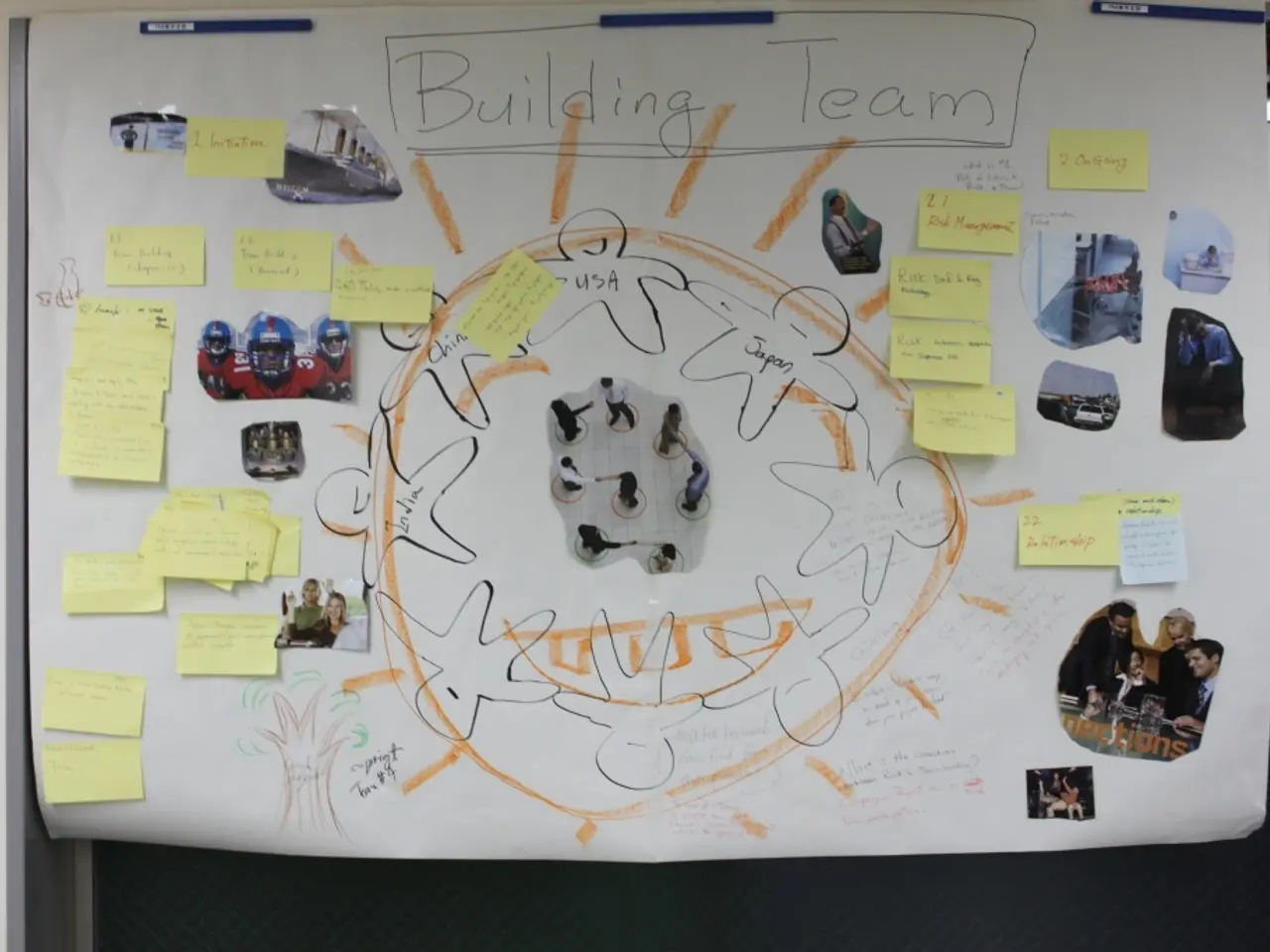Brain Health Assessment via Reaction Time Analysis • Study Results on Our Site
In a groundbreaking study supported by several esteemed organizations, researchers have delved into the various factors influencing visual reaction time (RT), a key measure of brain health.
The study, which involved a large and diverse group of participants, found that visual reaction time can be affected by multiple factors, including visual stimulus properties, cognitive attention mechanisms, mental and physical states, and time pressure.
- Visual Stimulus Characteristics: The study revealed that reaction time increases with higher veiling luminance, a form of visual glare, but decreases with increased background luminance and higher target luminance contrast. This suggests that the visual environment and how well the target stands out play a significant role in processing speed.
- Cognitive Attention and Brain Function: Differences in brain activation patterns, particularly in attention-related brain regions, were found to influence visual reaction time. For instance, individuals with ADHD show different patterns of fronto-parietal activation and have difficulties with top-down control over visual attention, which can impact their reaction times during visual tasks.
- Mental and Physical States: Factors such as fatigue, stress, lack of sleep, dehydration, and visual fatigue from prolonged screen use were found to negatively affect visual reaction time, reflecting the overall brain and body health status.
- Time Pressure: The study showed that increased time pressure can cause faster but less accurate responses, with performance declining significantly during consecutive visual search tasks. This suggests that the brain's ability to maintain accuracy under pressure also affects reaction time measures.
The study also identified several other factors that affect reaction time, including education, biological sex, smoking, dizziness, the number of daily prescription medications, a family history of Alzheimer's disease, and being right or left handed.
Interestingly, the study found that people with college degrees or those currently in college had shorter reaction times than those who didn't finish high school, indicating that more education equals shorter RT or faster brain processing speed.
Left-handed participants were found to have a 4 ms shorter reaction time than their right-handed counterparts, but this advantage faded in individuals aged 40 to 60 years old. Younger left-handed people had a shorter reaction time than right-handed ones, suggesting that handedness might play a role in processing speed, especially in the younger population.
Smokers had a 7 ms lengthened visual reaction time, and their RT was found to increase by 0.57 ms per year. Dizziness was associated with a 5 ms longer visual reaction time, and people with diabetes had an 11 ms longer RT than those who did not report this condition.
The study also found that women score better on verbal memory than men, and those who reported a stroke had a 20 ms longer reaction time than those who did not. The number of daily medications taken had an impact on reaction times; the more meds, the slower the visual reaction time.
On average, men were found to be 34 milliseconds faster than women in terms of visual reaction time. Reaction time performance declined with age, according to the study data. However, the study also found that more education reduced performance loss due to age for both men and women alike.
The study's findings underscore the complexity of visual reaction time as a measure of brain health. It highlights the importance of considering multiple factors when assessing brain health status, including sensory input quality, cognitive control, brain health, and physiological state.
Reducing cognitive decline due to age or disease or allowing people to stay independent for longer would have many benefits, including saving billions in healthcare costs and improving the quality of life for the aging population. The study's findings contribute significantly to this effort by providing insights into the factors that influence visual reaction time, a key indicator of brain health.
[1] Visual stimulus characteristics reference [2] Cognitive attention and brain function reference [3] Time pressure reference [4] Mental and physical states reference [5] Other factors reference (if available)
- Neurogenomics could provide valuable insights into the genetic factors contributing to the differences in visual reaction time (RT) among individuals, helping us understand the role of cognitive healthspan in this process.
- With the advancements in science, it is now possible to develop targeted interventions for chronic diseases like Alzheimer's, taking into account factors like medical-conditions, as revealed by the study, that affect visual reaction time and overall brain health.
- To maintain optimal health-and-wellness, including cognitive health, it's essential to prioritize good sleep hygiene, as lack of sleep negatively affects visual reaction time and may lead to reduced cognitive performance.
- Adopting a fitness-and-exercise regimen can help mitigate some of the negative effects on visual reaction time caused by factors like stress and fatigue, thus promoting overall mental-health and well-being.
- Nutrition plays a crucial role in preserving brain health as we age. A balanced diet rich in essential nutrients can help maintain a healthy cognitive function, which indirectly contributes to quicker visual reaction times.




